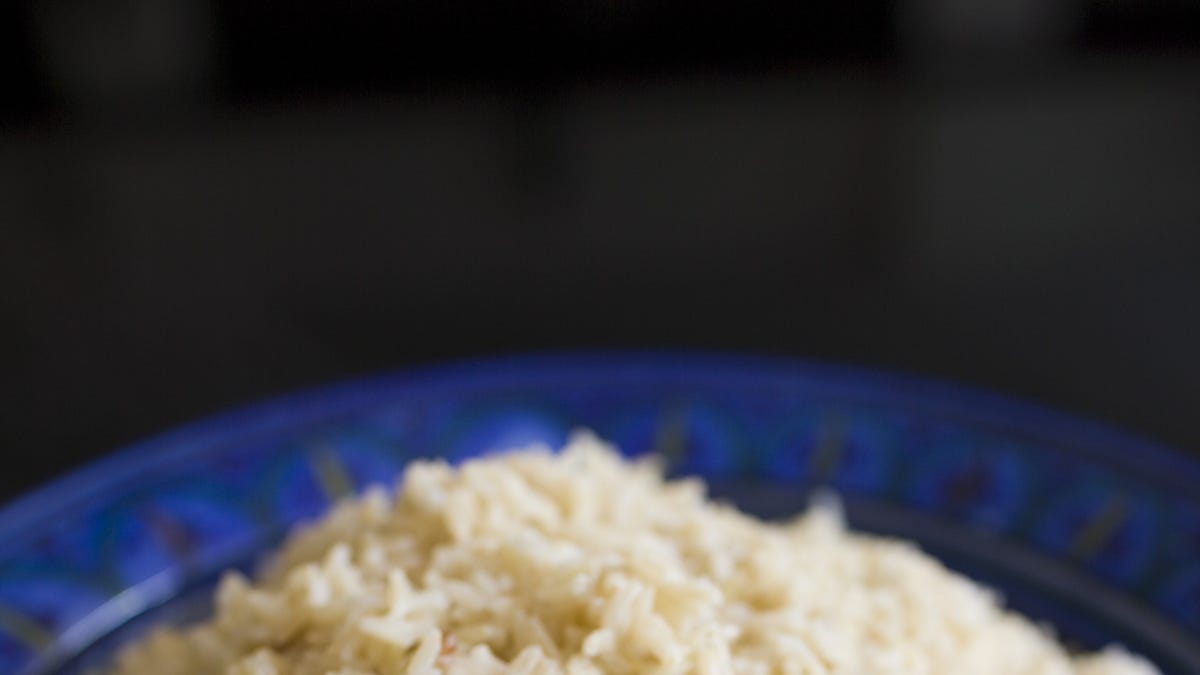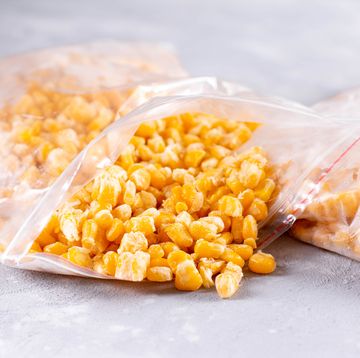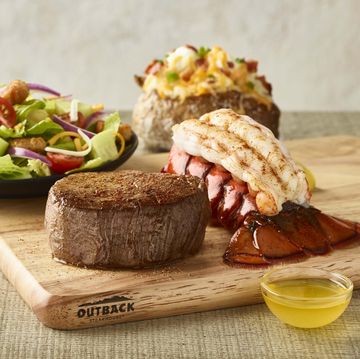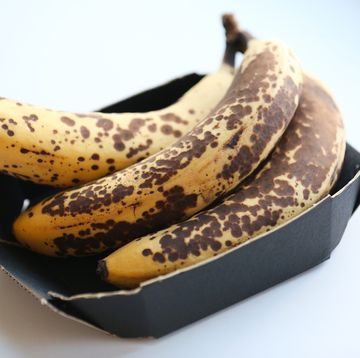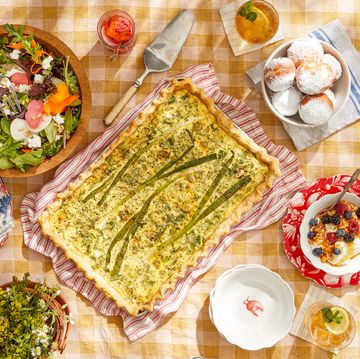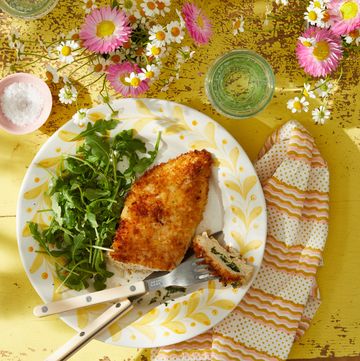1Table Salt
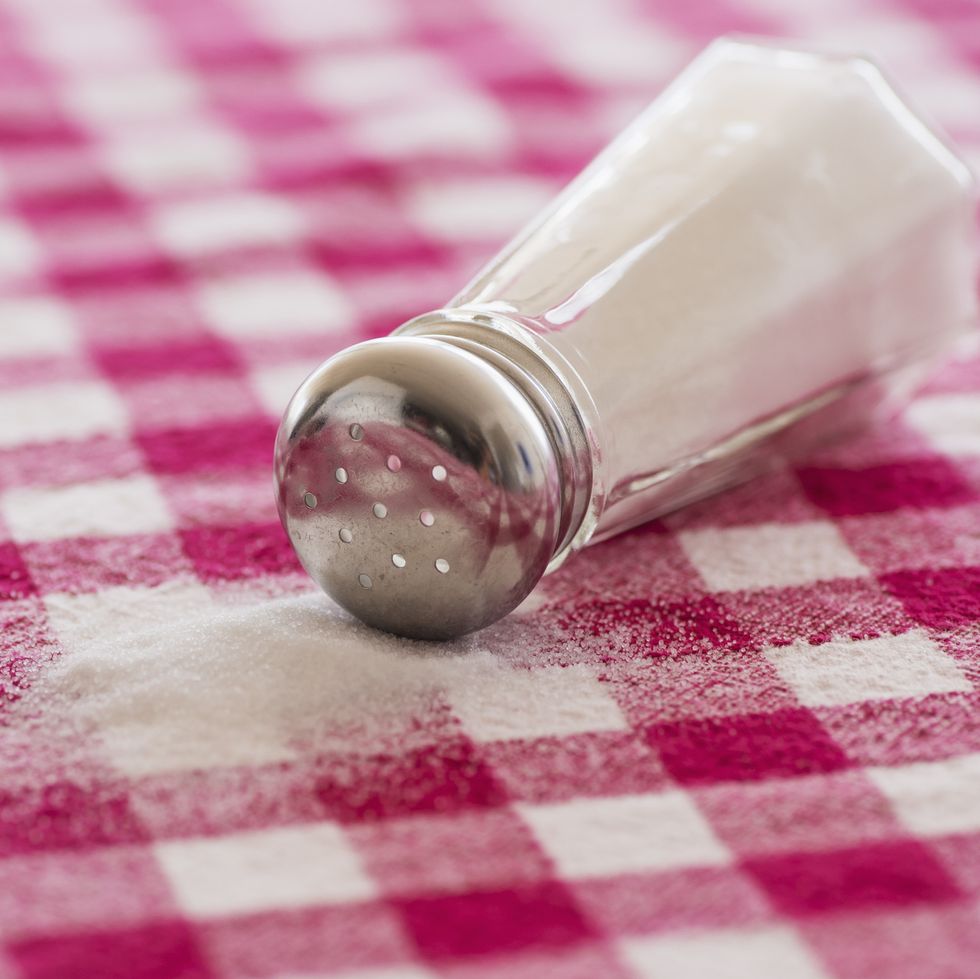 Daniel Grill//Getty Images
Daniel Grill//Getty ImagesAlso known as "iodized salt," table salt has very fine grains and contains potassium iodide and an anti-caking agent that helps prevent it from clumping. Because the anti-caking agent can give off a metallic taste when used in large quantities, table salt shouldn't be used in savory recipes. It can be used when baking, though, because these types of recipes typically only call for small quantities of salt.
2Kosher Salt
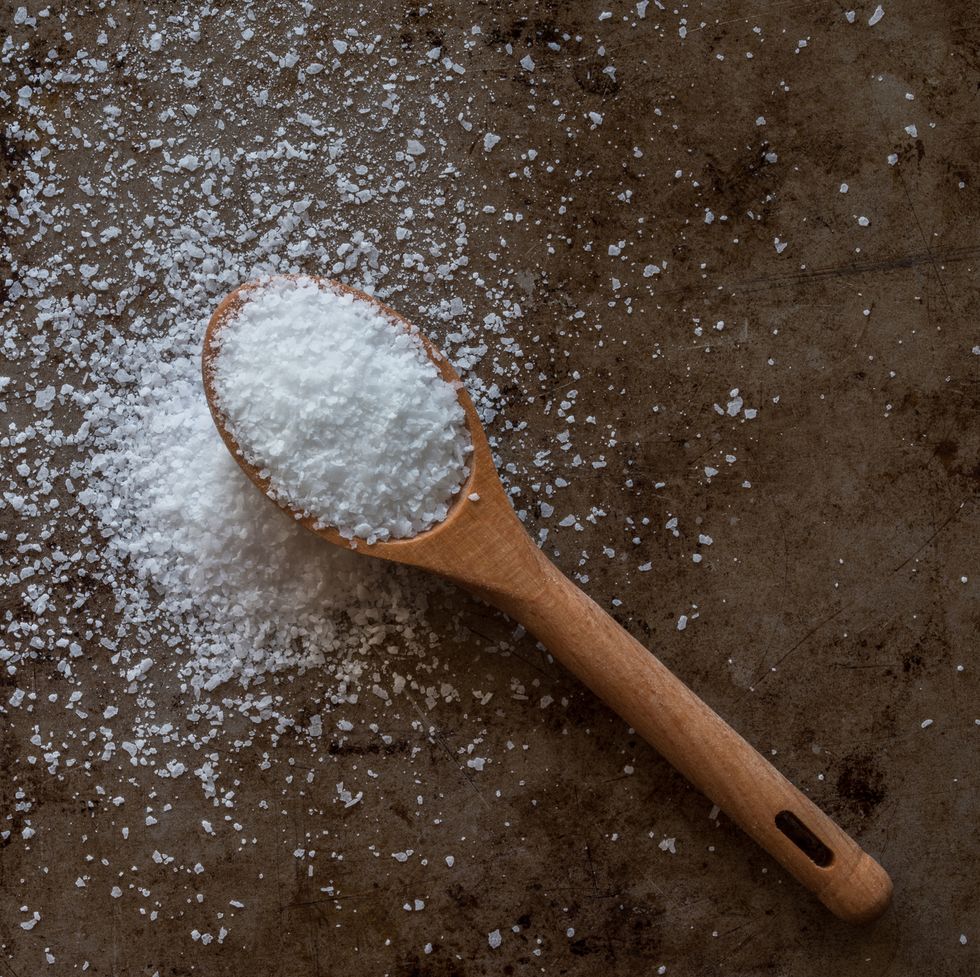 Michelle Arnold / EyeEm//Getty Images
Michelle Arnold / EyeEm//Getty ImagesIf you have room for only one salt in your panty, opt for kosher salt. Its texture is light but coarse (which helps you avoid over salting) and dissolves easily. It can be used in any application and is quite affordable (around $4 for a 3-pound box). One thing to keep in mind: Different brands of kosher salt will have different levels of salinity. For example Morton’s brand kosher salt is about 1 1/2 times more salty than the Diamond Crystal brand. So if for some reason you have to switch between brands, be sure to taste before salting.
3Himalayan Pink Salt
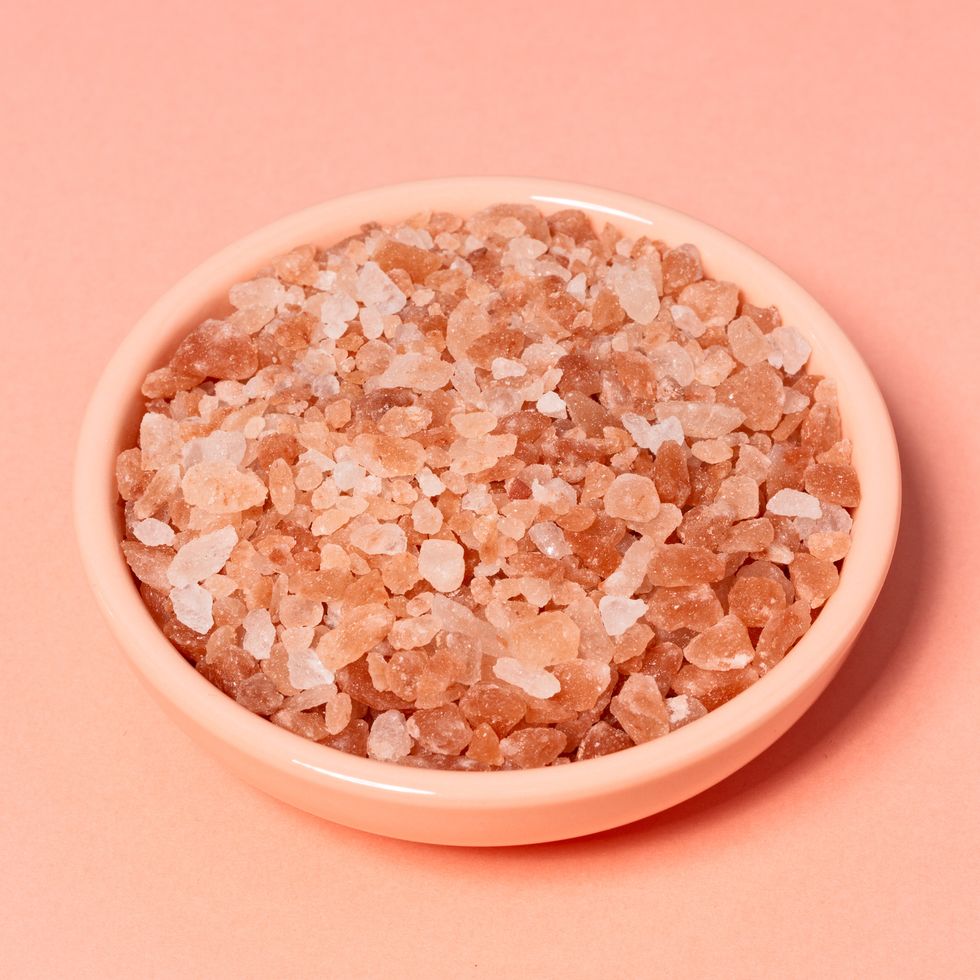 MirageC//Getty Images
MirageC//Getty ImagesThe purest of all salt, Himalayan pink salt is harvested from the Khewra Salt Mine in the Himalayan Mountains of Pakistan. Easily recognizable because of its pink color, this salt contains all 84 natural minerals found in the human body. Because of its steep price tag and bold flavor, use Himalayan pink salt for finishing dishes.
Advertisement - Continue Reading Below
4Sea Salt
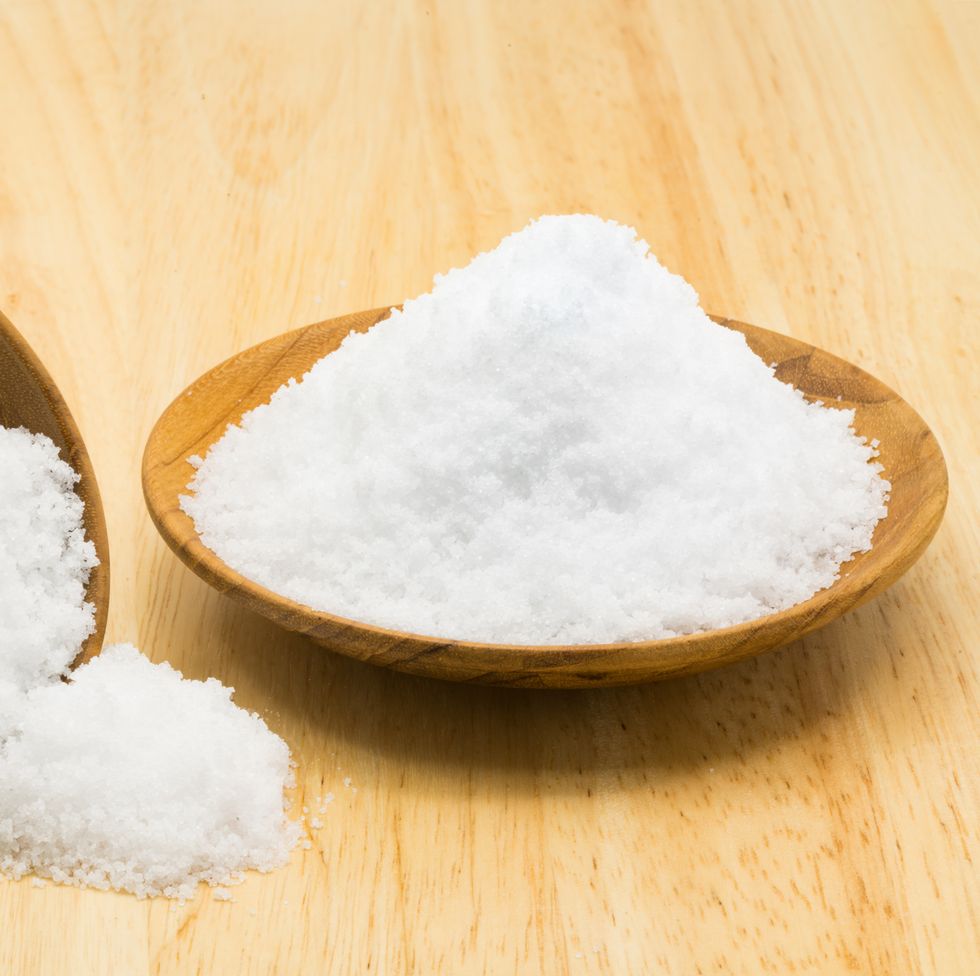 Veeravong Komalamena / EyeEm//Getty Images
Veeravong Komalamena / EyeEm//Getty ImagesHarvested from evaporated sea water, sea salt can be either very or lightly salty tasting, depending on where it's harvested, so make sure to taste it before using it. Sea salt also contains loads of minerals so it can have an intricate flavor, but since it's fine or medium grained, it can be used in either savory and sweet recipes.
5Celtic Grey Sea Salt
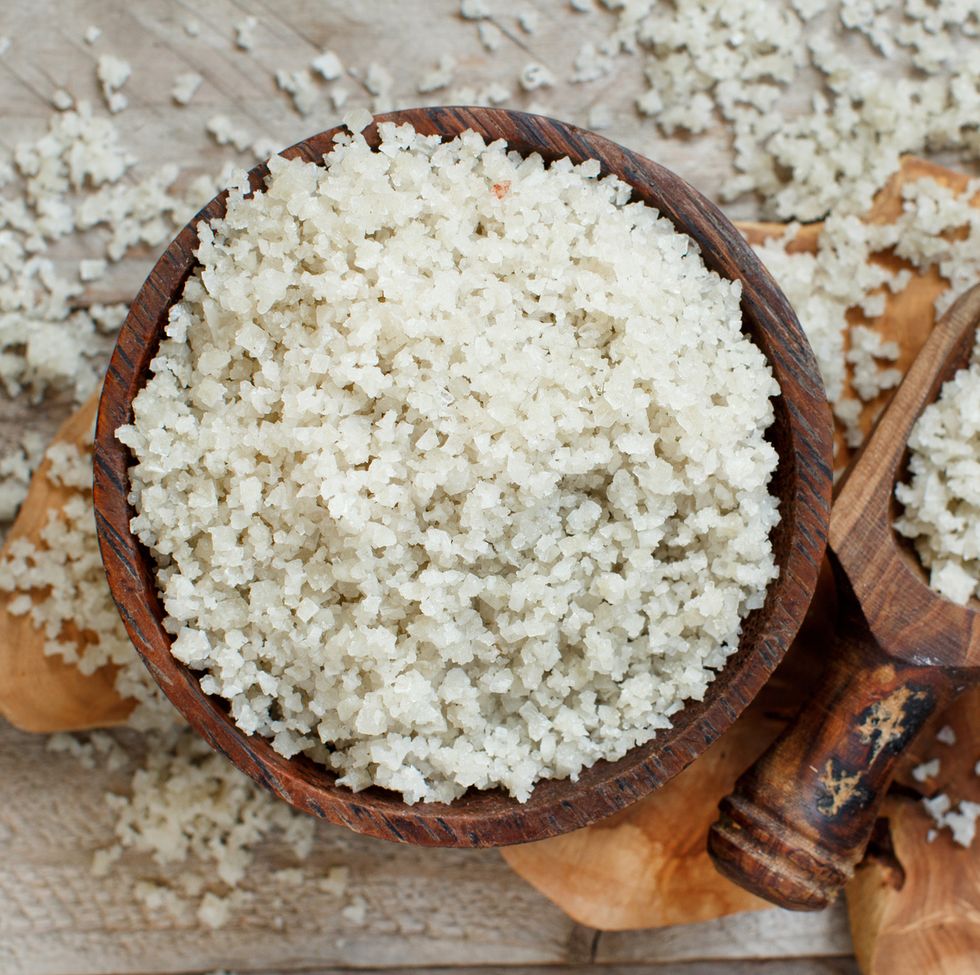 Karisssa//Getty Images
Karisssa//Getty ImagesHarvested from Atlantic tidal ponds off the coast of France, Celtic sea salt is also known as sel gris (French for “gray salt”). Its gray color comes from the minerals that are left behind when the sea water evaporates. Use as a finishing salt on roasted vegetables or grilled meat or seafood.
6Fleur De Sel
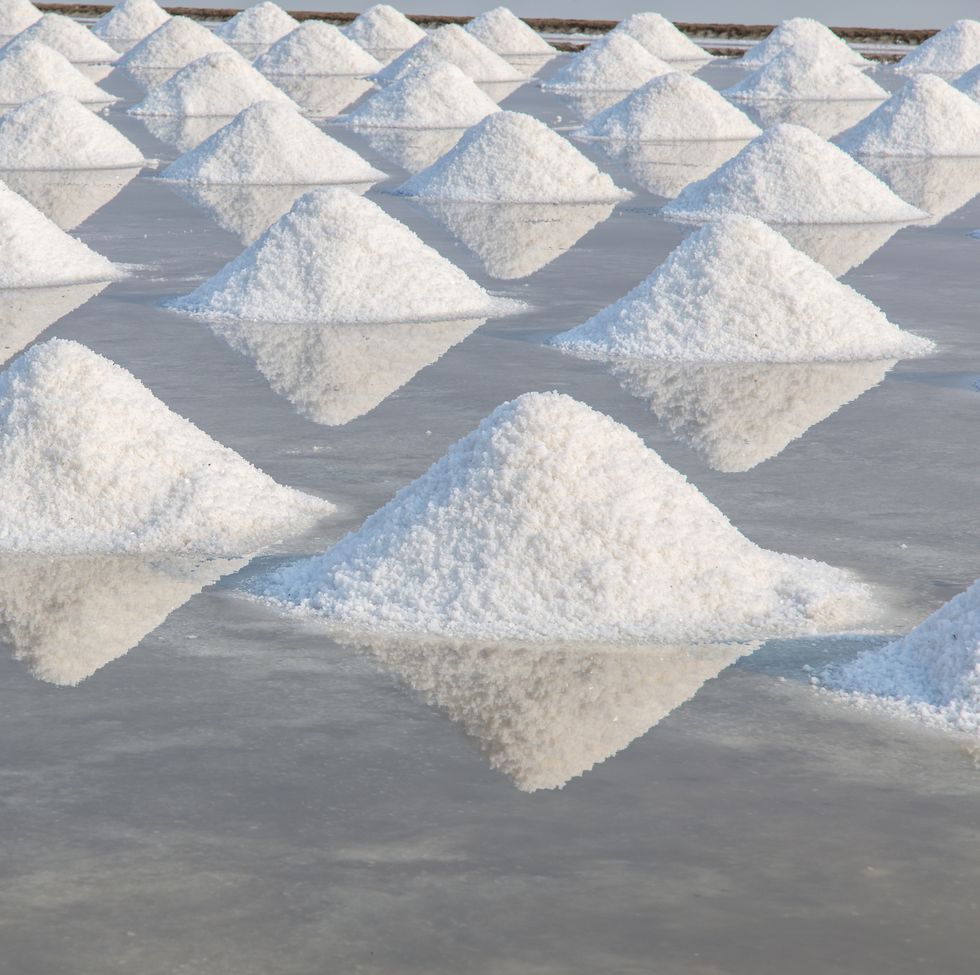 Pakin Songmor//Getty Images
Pakin Songmor//Getty ImagesLike Celtic sea salt, fleur de sel (French for “flower of salt”) is harvested from evaporated sea water, but it comes specifically from the coast of Brittany. This salt is often described as smelling like and tasting of the sea. It’s a moist salt, so it's quite sticky, but the moisture causes the saltiness to stay on the tongue longer. It's best used as a finishing salt.
Advertisement - Continue Reading Below
7Flake Salt
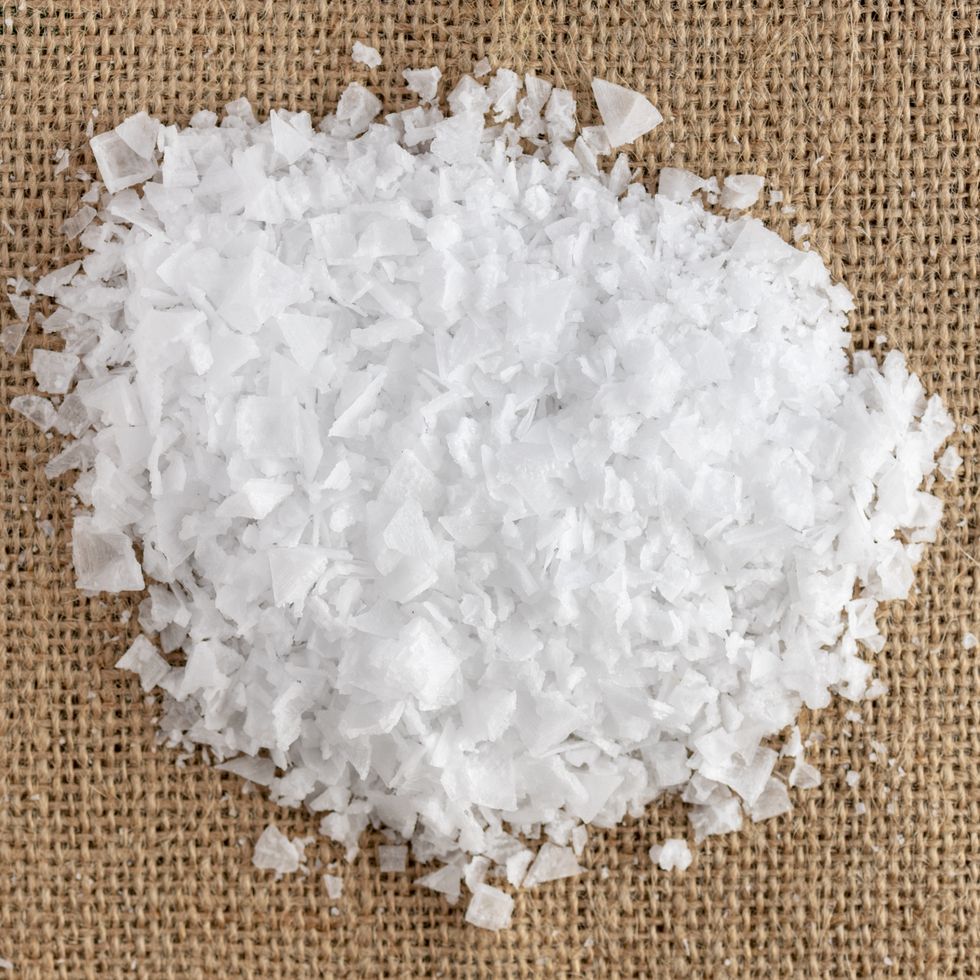 Freila//Getty Images
Freila//Getty ImagesLike sel gris and fleur de sel, flake salt is harvested from evaporated sea water—although its shape and texture are quite different. Light, thin, and irregularly shaped (often like pyramids), flake salt has a very bright taste and low mineral content. Because of its high price, it’s best used as a finishing salt. Try it sprinkled on salads or chocolate chip cookies.
8Red Hawaiian Salt
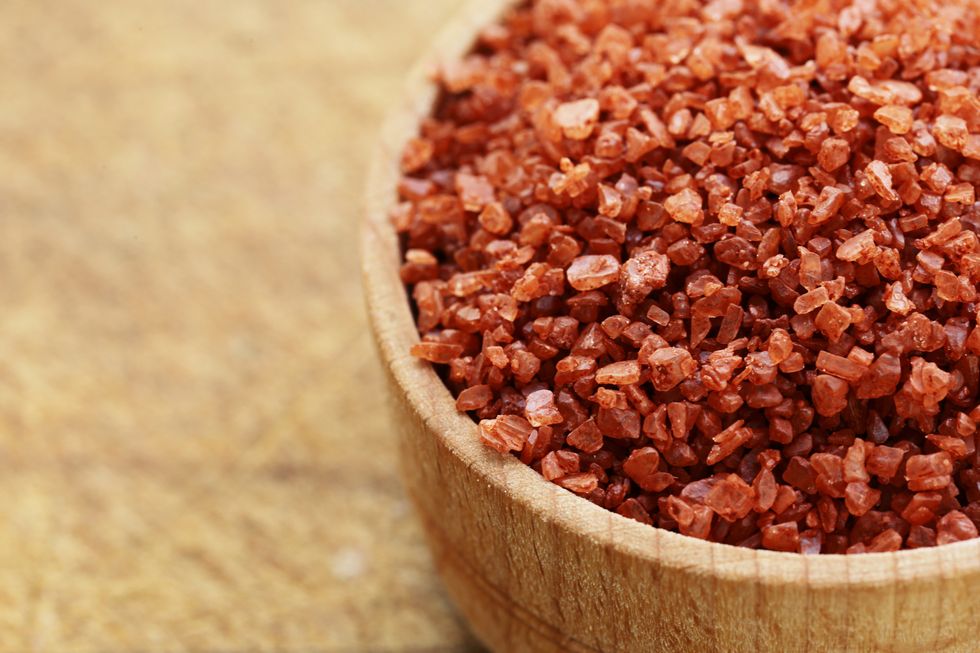 olgakr//Getty Images
olgakr//Getty ImagesRed Hawaiian salt is sea salt that is mixed with iron oxide-rich volcanic clay. Its flavor is described as nutty. Its striking red color makes it perfect for garnishing finished dished.
9Black Hawaiian Salt
 olgakr//Getty Images
olgakr//Getty ImagesMade by adding activated charcoal to sea salt, black Hawaiian salt is know for it’s strong flavor—often described as "earthy." Sprinkle on finished dishes.
Advertisement - Continue Reading Below
10Smoked Salt
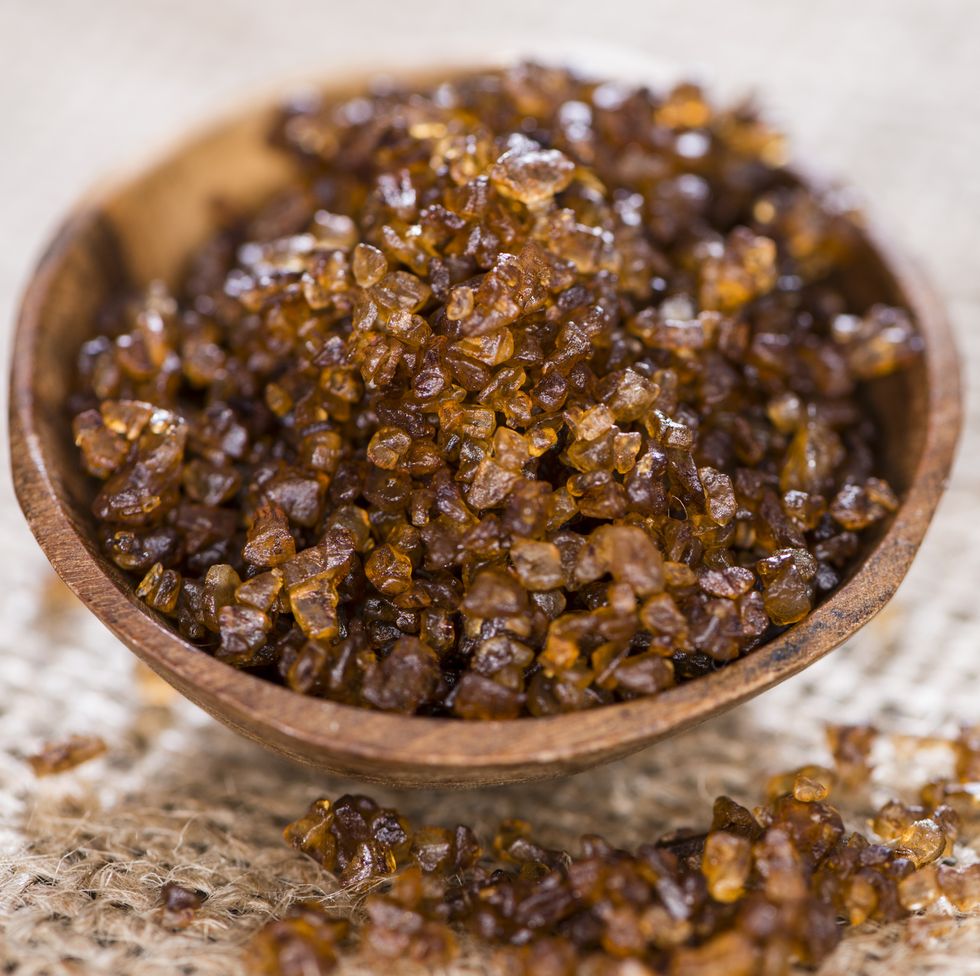 HandmadePictures//Getty Images
HandmadePictures//Getty ImagesSmoked salt is created by cold smoking salt with wood (such as alder, apple, hickory, or mesquite) for up to two weeks. Its flavor and color can vary depending on the type of wood used and the length of time smoked. Use it to add a smoky flavor to savory dishes like chili or barbecue sauce.
11Himalayan Black Salt
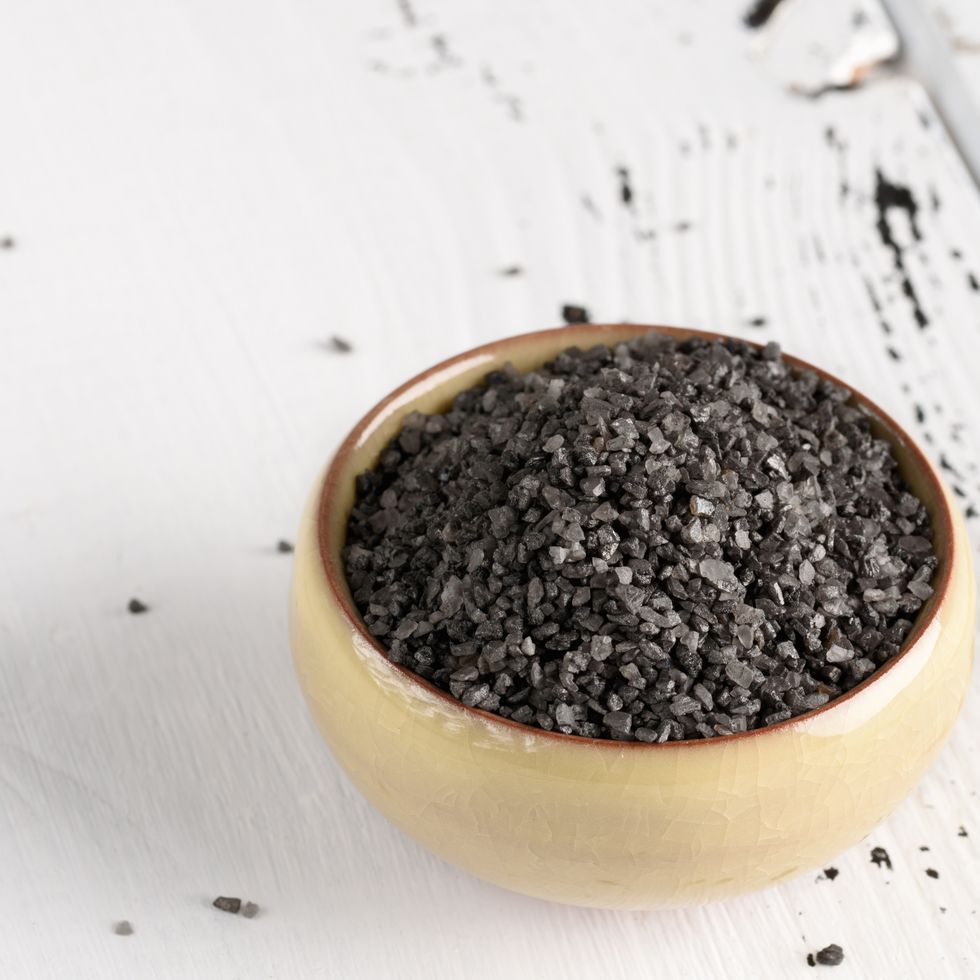 Tatyana Berkovich//Getty Images
Tatyana Berkovich//Getty ImagesAlso known as Kala Namak (which means “black salt” in Nepalese), this reddish-brown salt is created by cooking rock salt with charcoal, herbs, seeds, and bark in a furnace for 24 hours. It has a very distinctive flavor and smell—often described as soft-boiled egg-like—and is commonly used in vegan recipes to mimic the taste of eggs.
12Pickling Salt
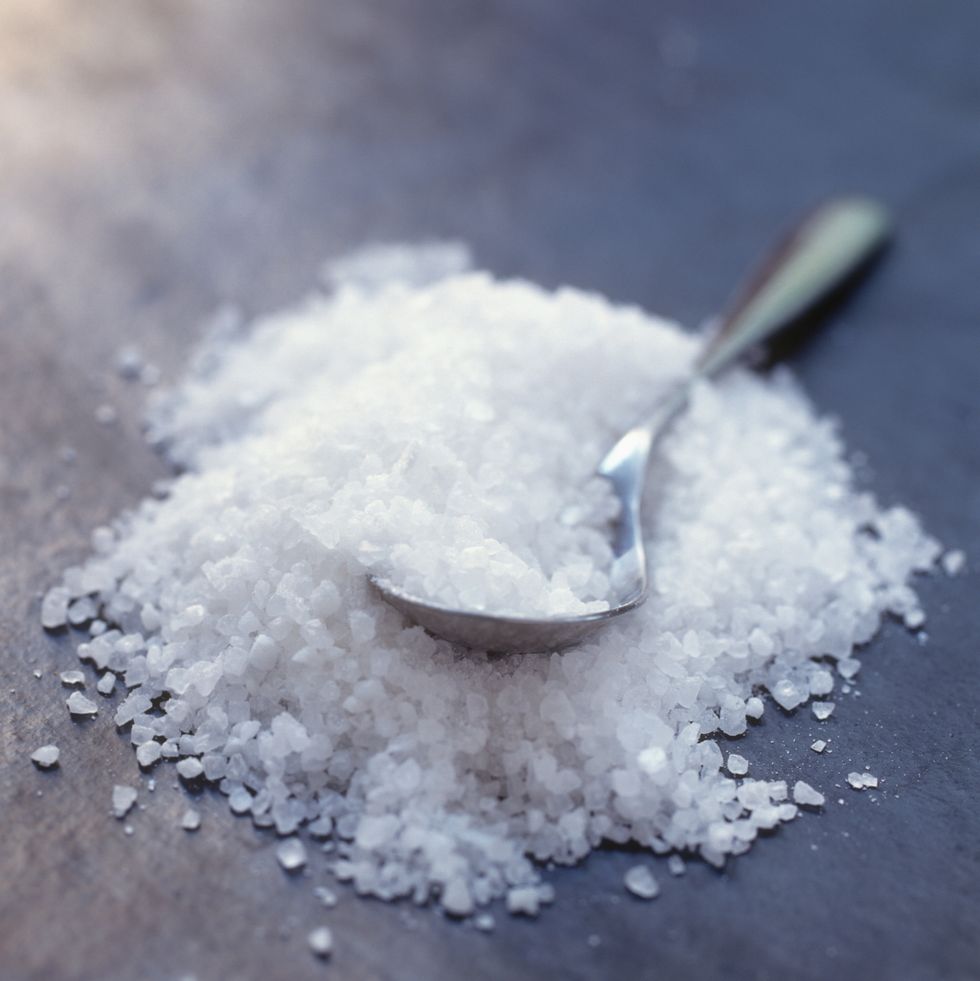 William Reavell//Getty Images
William Reavell//Getty ImagesUsed only for pickling, this coarse salt contains no iodine, minerals, or caking agent.
Advertisement - Continue Reading Below
Advertisement - Continue Reading Below
Advertisement - Continue Reading Below
